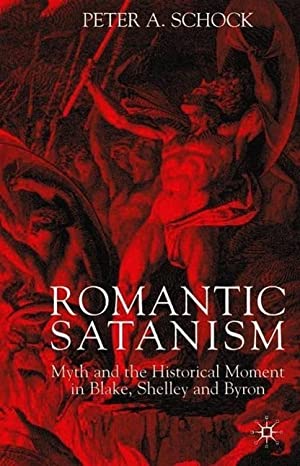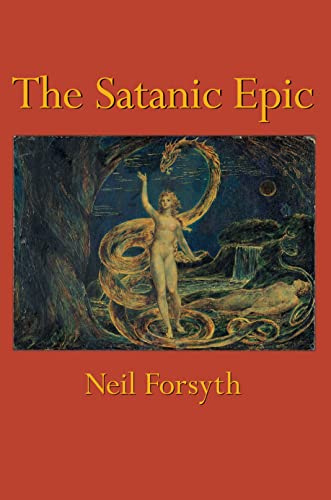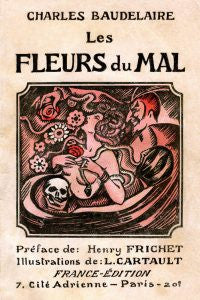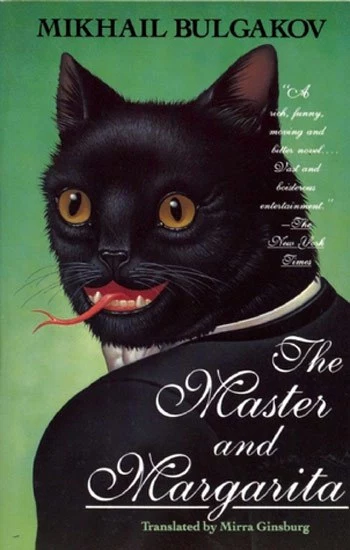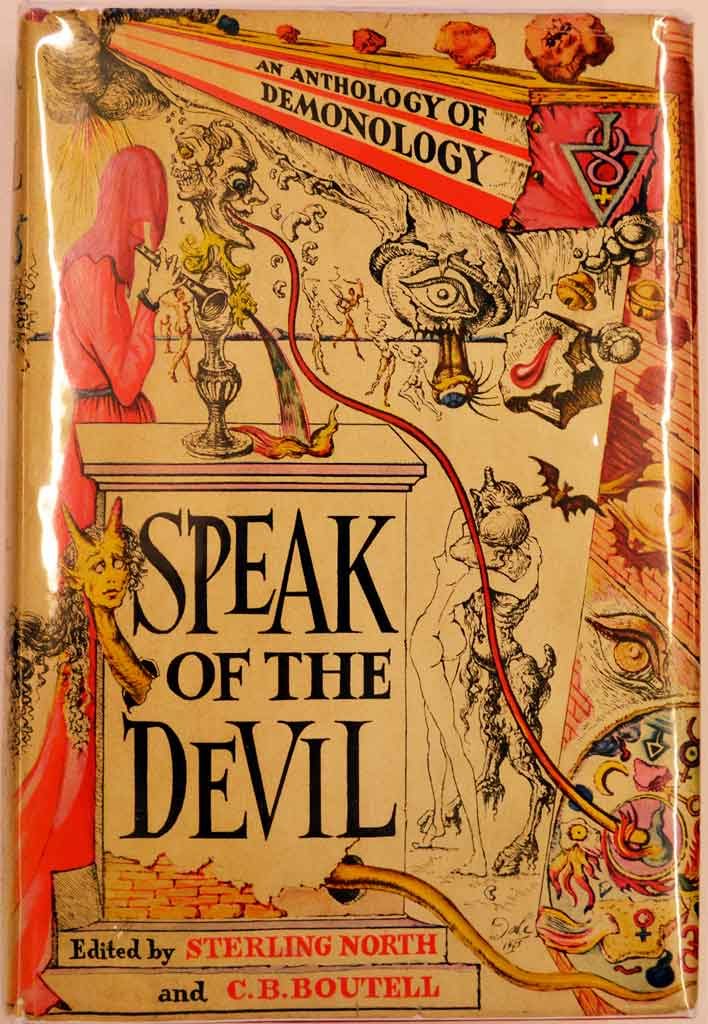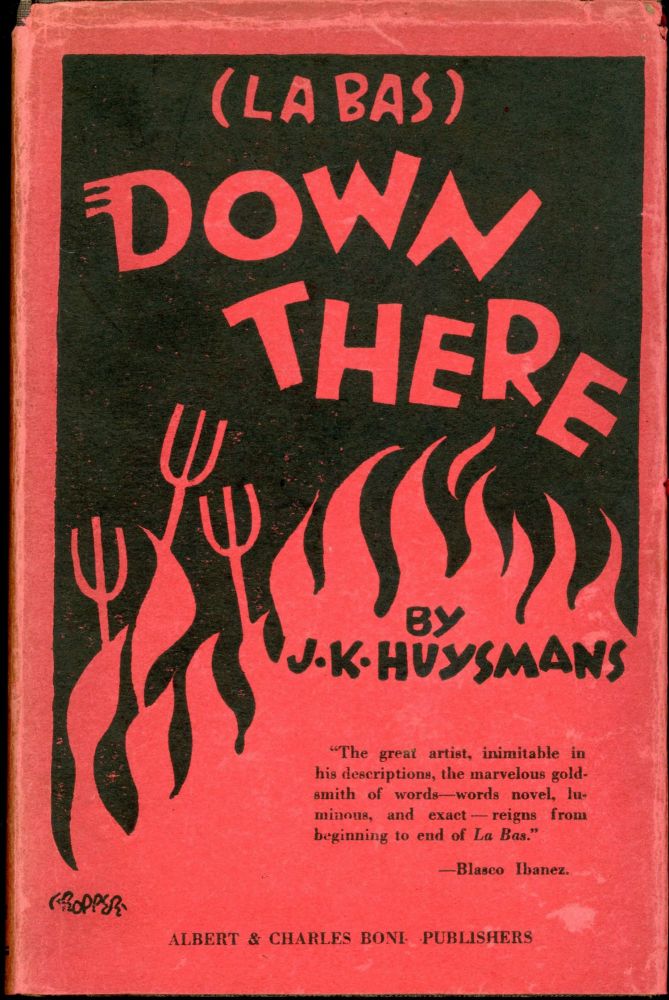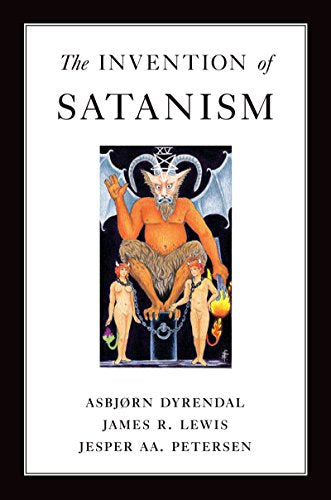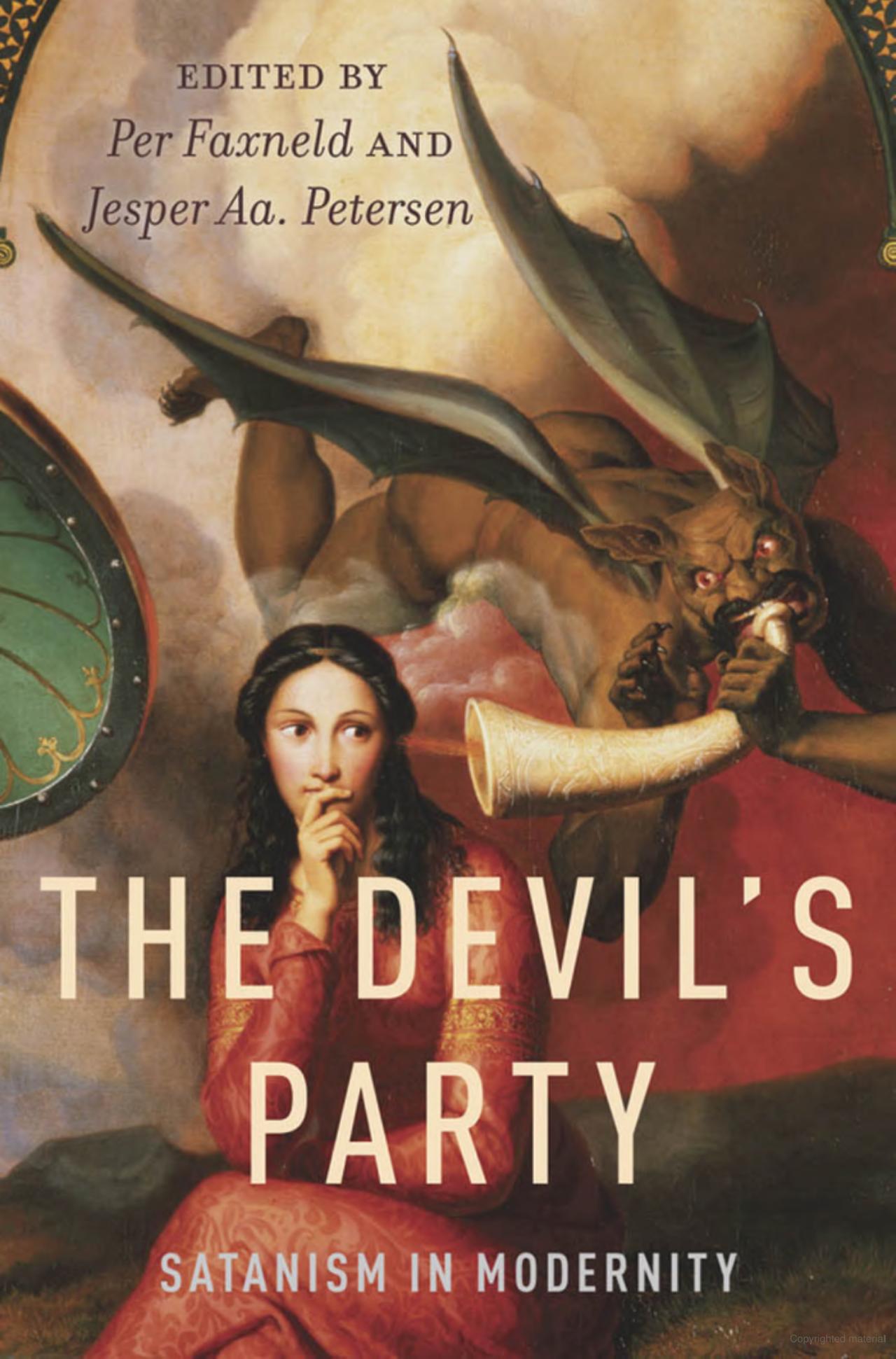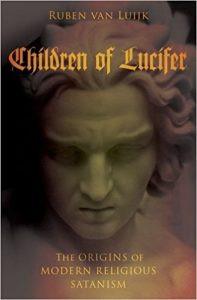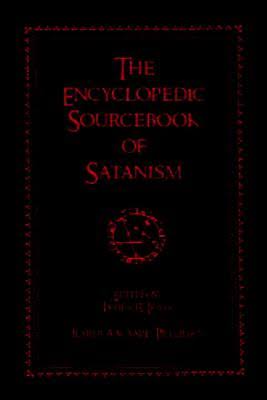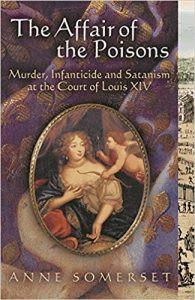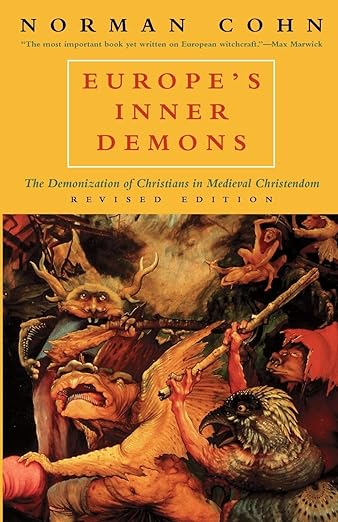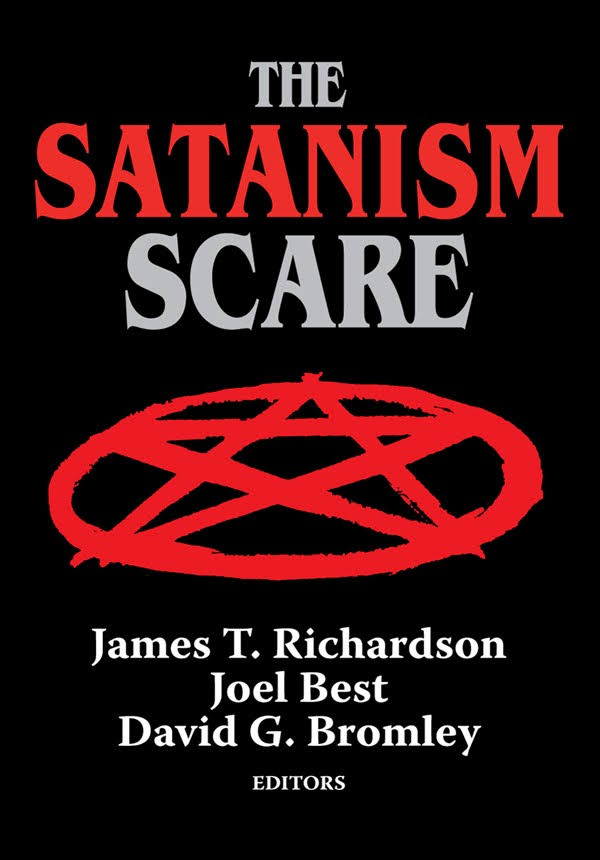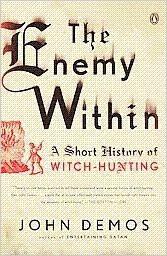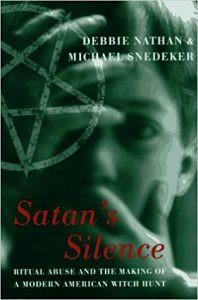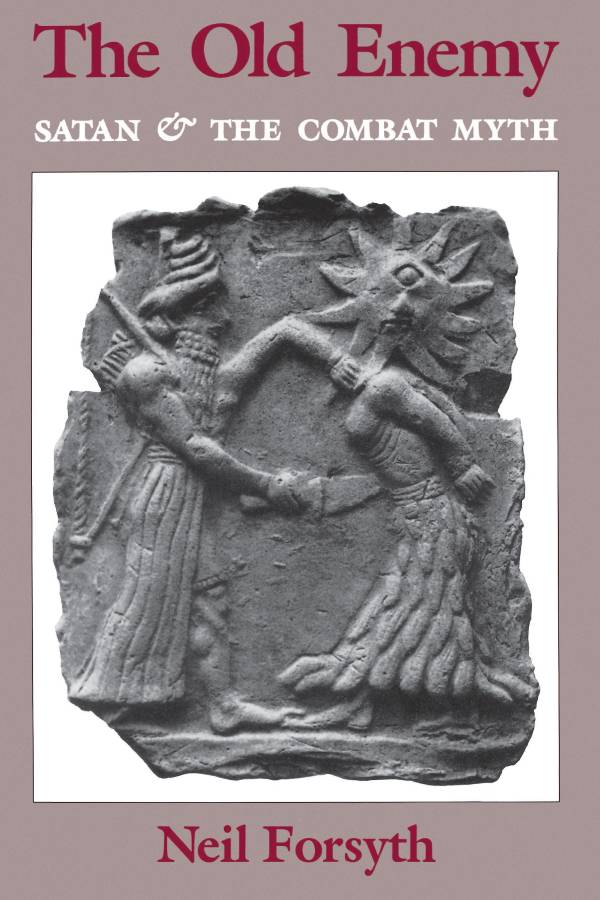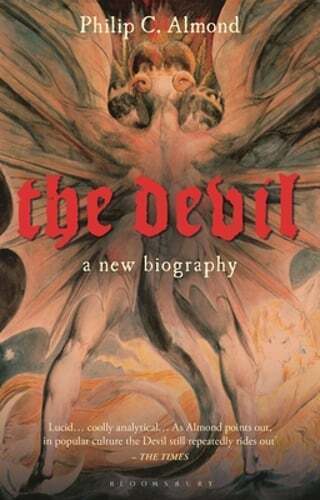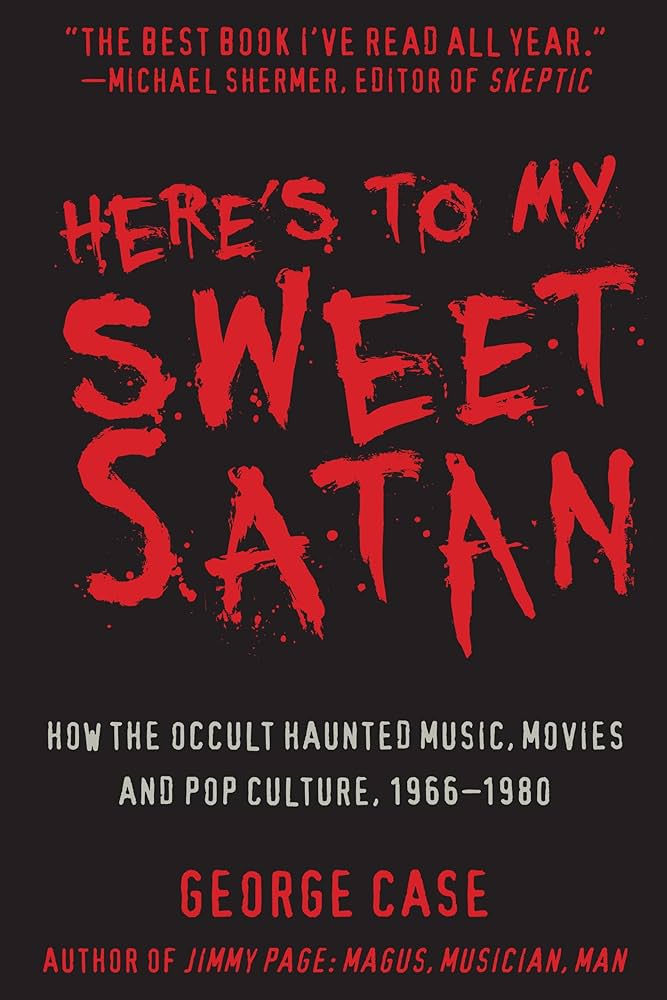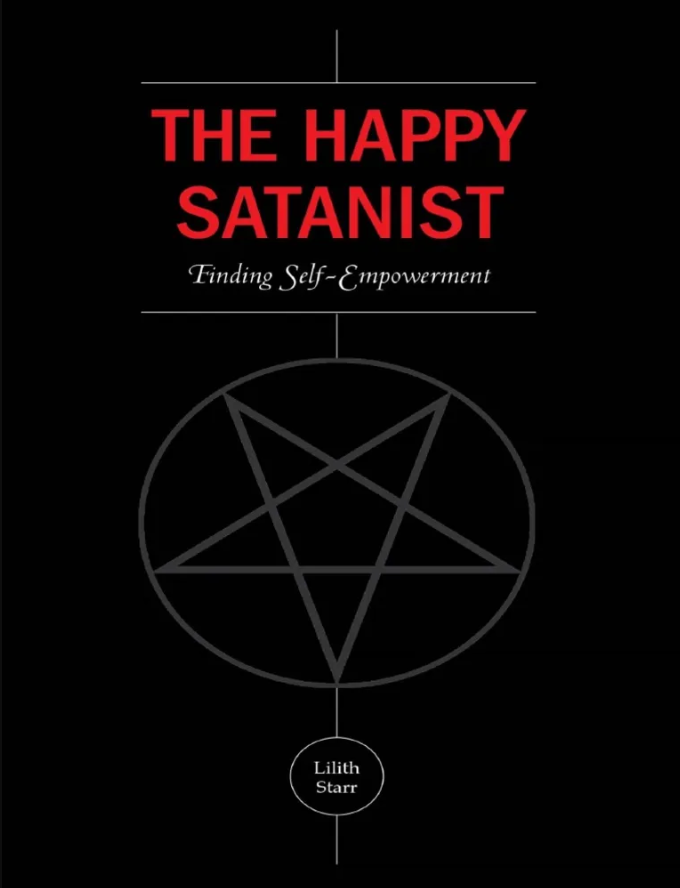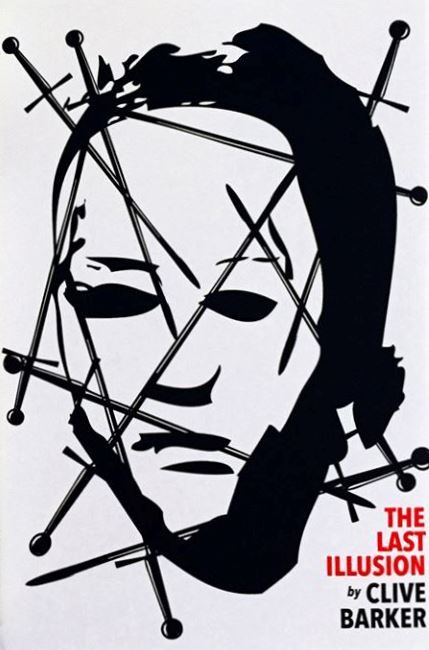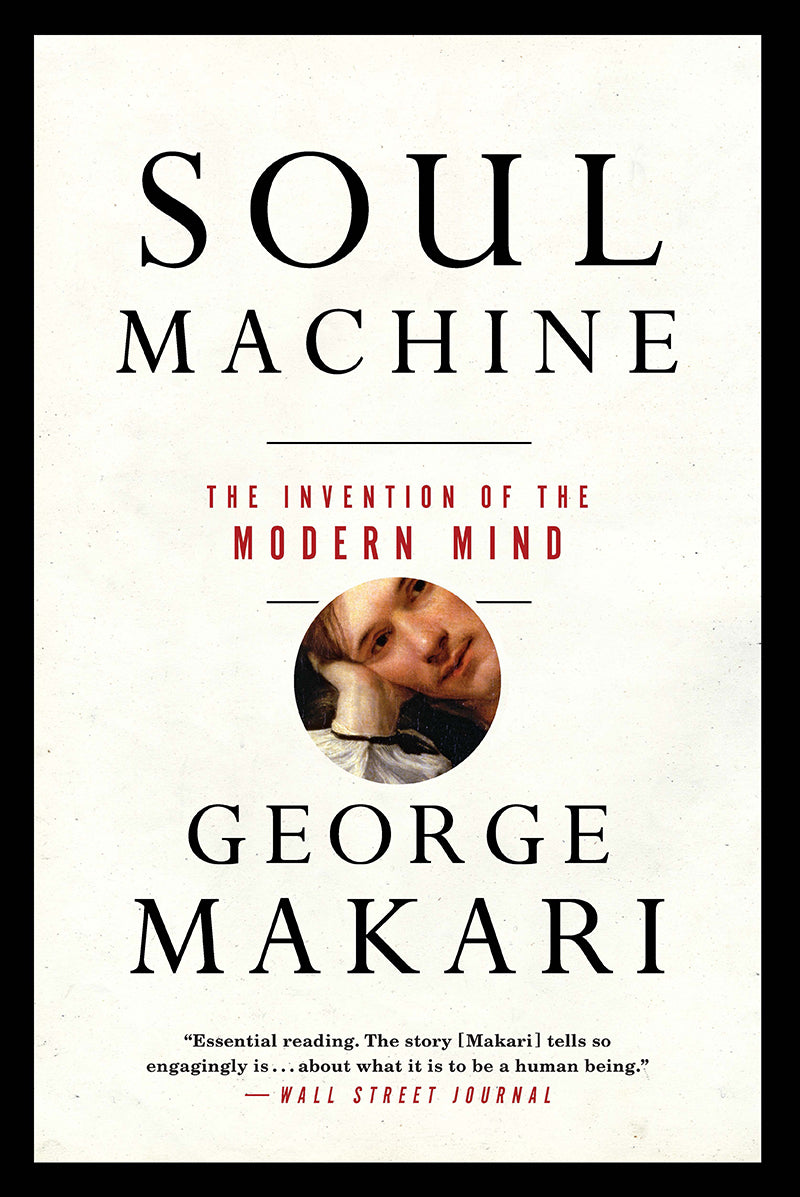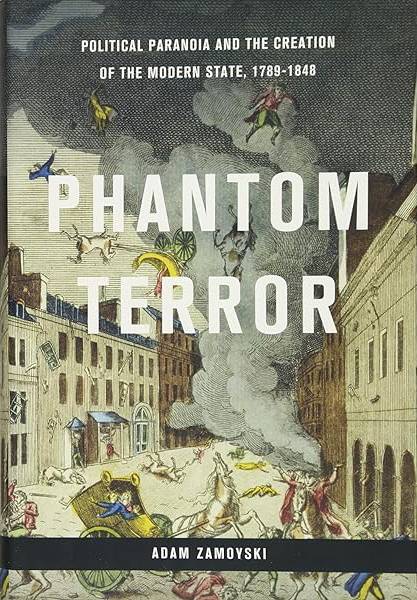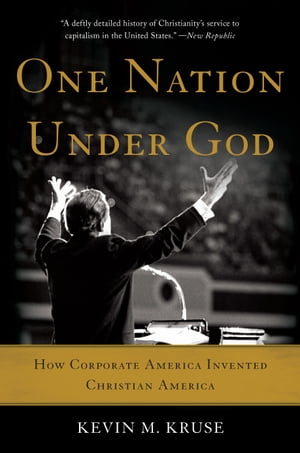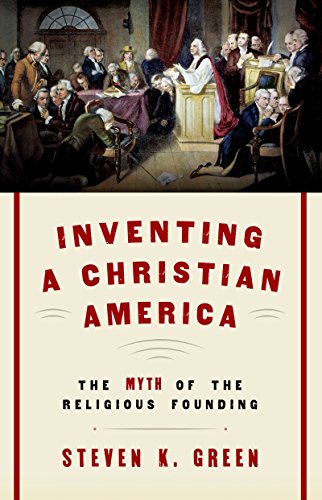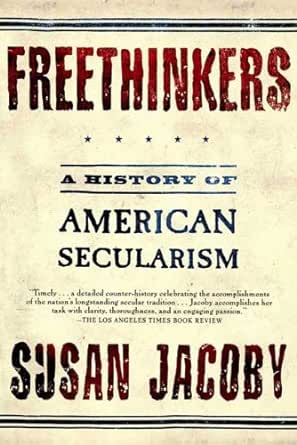Primary Reading
Speak of the Devil: The Way The Satanic Temple is Changing the Way We Talk About Religion by Joseph P. Laycock
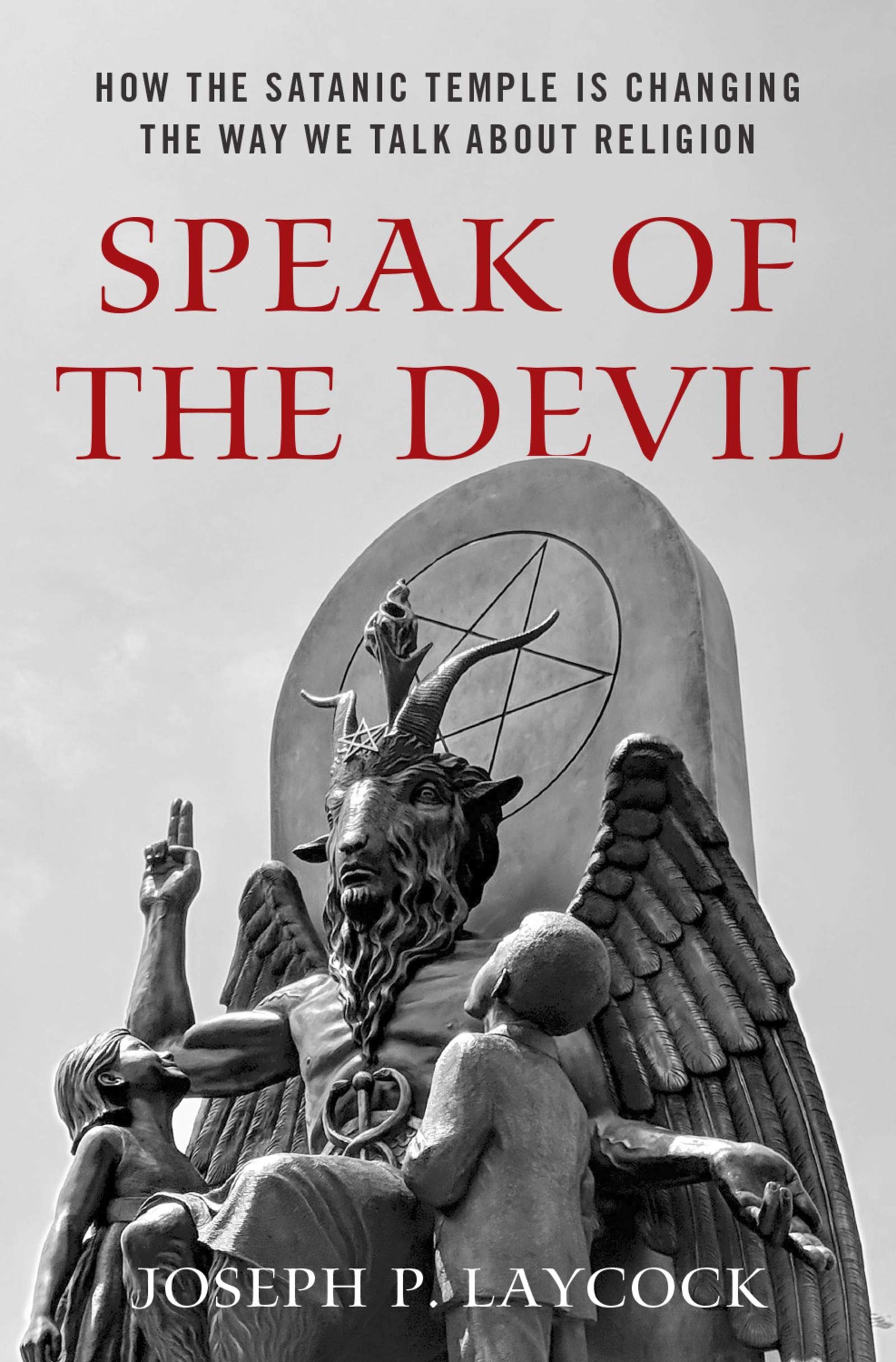
Available to purchase now in Hardcover here:
In 2013, when the state of Oklahoma erected a statue of the Ten Commandments on the grounds of the state capitol, a group calling themselves The Satanic Temple applied to erect a statue of Baphomet alongside the Judeo-Christian tablets. Since that time, The Satanic Temple has become a regular voice in national conversations about religious freedom, disestablishment, and government overreach. In addition to petitioning for Baphomet to appear alongside another monument of the Ten Commandments in Arkansas, the group has launched campaigns to include Satanic "nativity scenes" on government property in Florida, Michigan, and Indiana, offer Satanic prayers at a high school football game in Seattle, and create "After School Satan" programs in elementary schools that host Christian extracurricular programs. Since their 2012 founding, The Satanic Temple has established 19 chapters and now claims 100,000 supporters. Is this just a political group perpetuating a series of stunts? Or is it a sincere religious movement?
Speak of the Devil is the first book-length study of The Satanic Temple. Joseph Laycock, a scholar of new religious movements, contends that the emergence of "political Satanism" marks a significant moment in American religious history that will have a lasting impact on how Americans frame debates about religious freedom. Though the group gained attention for its strategic deployment of outrage, it claims to have developed beyond politics into a genuine religious movement. Equal parts history and ethnography, Speak of the Devil is Laycock's attempt to take seriously The Satanic Temple's work to redefine religion, the nature of pluralism and religious tolerance, and what "religious freedom" means in America.
Revolt of the Angels by Anatole France (1914)
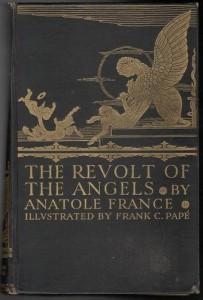
"I knew him. He was the most beautiful of all the Seraphim. He shone with intelligence and daring. His great heart was big with all the virtues born of pride: frankness, courage, constancy in trial, indomitable hope. Long, long ago, ere Time was, in the boreal sky where gleam the seven magnetic stars, he dwelt in a palace of diamond and gold, where the air was ever tremulous with the beating of wings and with songs of triumph. Iahveh, on his mountain, was jealous of Lucifer. You both know it: angels like unto men feel love and hatred quicken within them. Capable, at times, of generous resolves, they too often follow their own interests and yield to fear. Then, as now, they showed themselves, for the most part, incapable of lofty thoughts, and in the fear of the Lord lay their sole virtue. Lucifer, who held vile things in proud disdain, despised this rabble of commonplace spirits for ever wallowing in a life of feasts and pleasure. But to those who were possessed of a daring spirit, a restless soul, to those fired with a wild love of liberty, he proffered friendship, which we return with adoration. These latter deserted in a mass the mountain of God and yielded to the Seraph the homage which That Other would fain have kept for himself alone."
Ultimately a meditation on the corruption of power, Anatole France’s Revolt of the Angels (1914) utilizes the theological metaphor of Satan as a force favoring free inquiry, the War in Heaven a metaphysical battle against universal tyranny.
Arcade, an angel who has strayed from Heaven to study Philosophy and History on Earth seeks to re-assemble Lucifer’s legion to overthrow the detached and intolerant God of Heaven. Finally, Satan, after contemplating His probable victory concludes:
“No, let us not conquer the heavens. It is enough to have the power to do so. War engenders war, and victory defeat. God, conquered, will become Satan; Satan, conquering, will become God. May the fates spare me this terrible lot!”
The Better Angels of Our Nature: Why Violence Has Declined by Steven Pinker
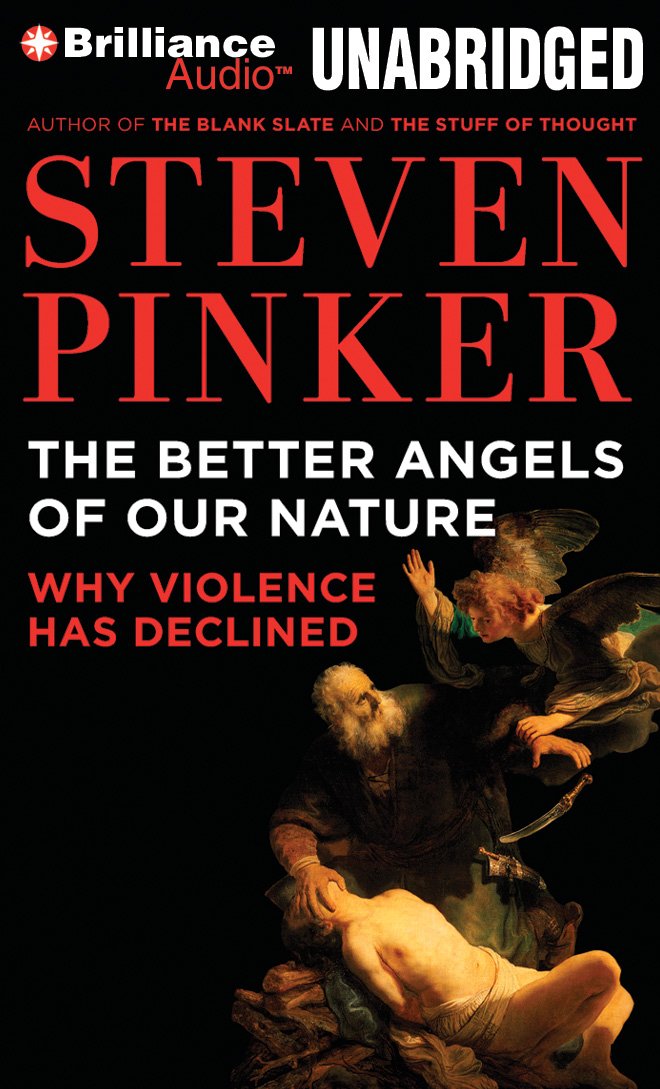
“The doctrine of the sacredness of the soul sounds vaguely uplifting, but in fact it is highly malignant. It discounts life on earth as just a temporary phase that people pass through, indeed, and infinitesimal fraction of their existence. Death becomes a mere rite of passage, like puberty or a midlife crisis."“Witch hunts are always vulnerable to common sense.”
Dr. Pinker's sweeping survey of the human condition demonstrates beyond reasonable doubt the phenomenon of declining violence in the civilized world. From the contemporary vantage point we are now better able to consider what works, and what does not, in relation to effective sociopolitical models conducive to optimal liberty and happiness among populations. While not a book about Satanism specifically, this book is nonetheless indispensable to understanding the intellectual roots of the Satanic Reformation exemplified by The Satanic Temple, as it outlines the scientific refutations of crass calls to Police State policies and counter-productive misinterpretations of Darwinism that have plagued Satanic circles through decades of inaction and unfocused ineptitude.
The Little Book of Satanism: A Guide to Satanic History, Culture, and Wisdom by La Carmina
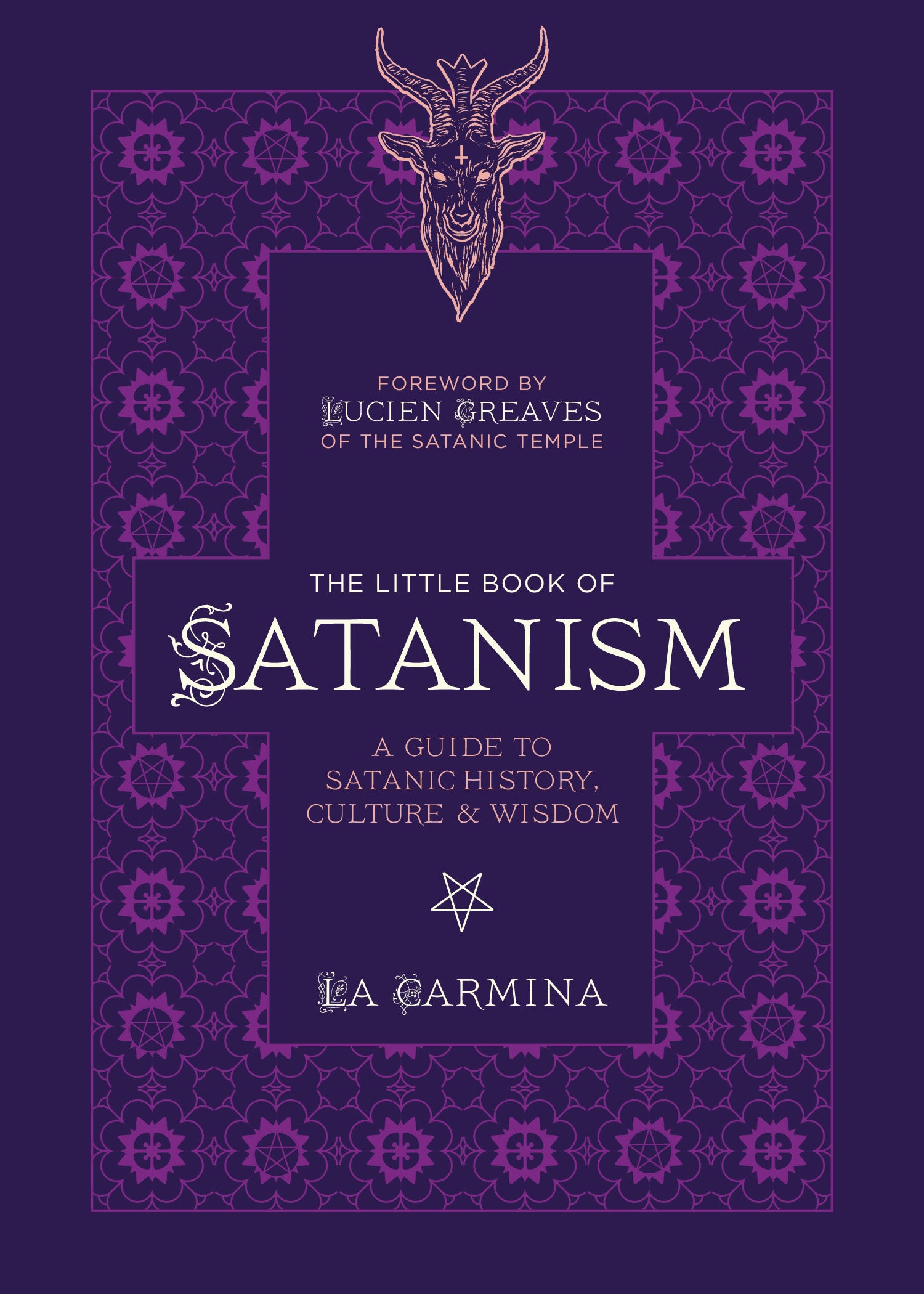
Written by award-winning journalist La Carmina, The Little Book of Satanism is a short and accessible yet comprehensive overview of Satanic history, ideas, and practices. Featuring a foreword by Lucien Greaves of The Satanic Temple, the nonfiction book explores the changing artistic and historical perceptions of the Devil over the centuries, and the evolution of Satanism to the present day.La Carmina's introduction to Satanism aims to dispel the many widespread negative stereotypes about Satanists. She begins with the origins of the Devil, and traces his impact over time in events from the Salem Witch Trials to the 1980s-90s Satanic Panic. The Little Book of Satanism tackles questions readers may have about Satanism -- such as the meaning of symbols like Baphomet and the inverted pentagram, the roots of pop culture tropes about Satanists, the stories behind the Hellfire Clubs and Aleister Crowley, the central convictions of The Church of Satan and The Satanic Temple, and more.



